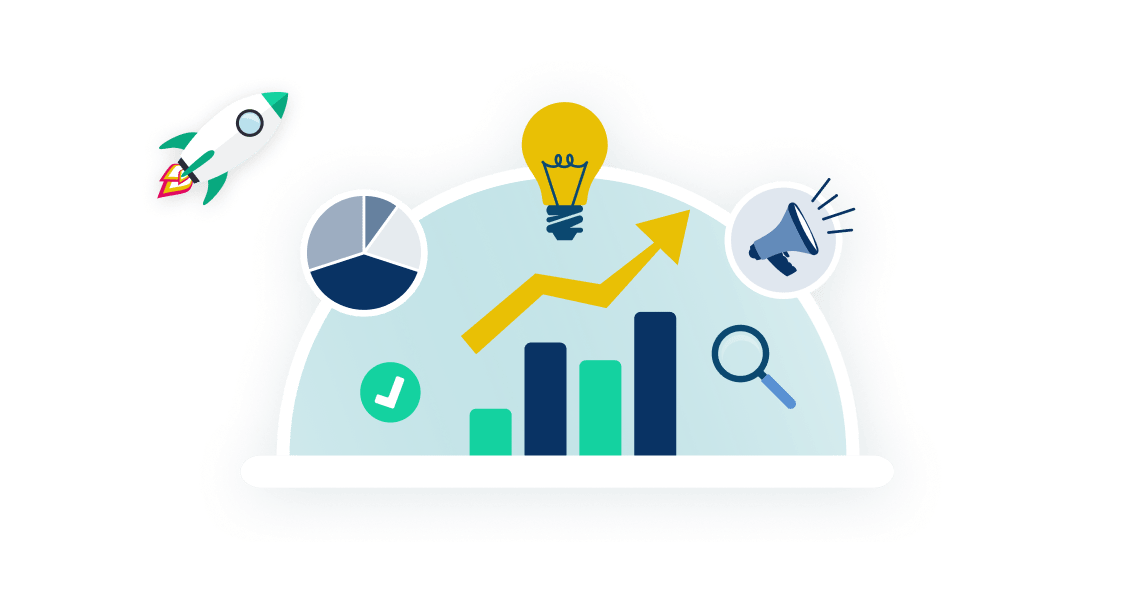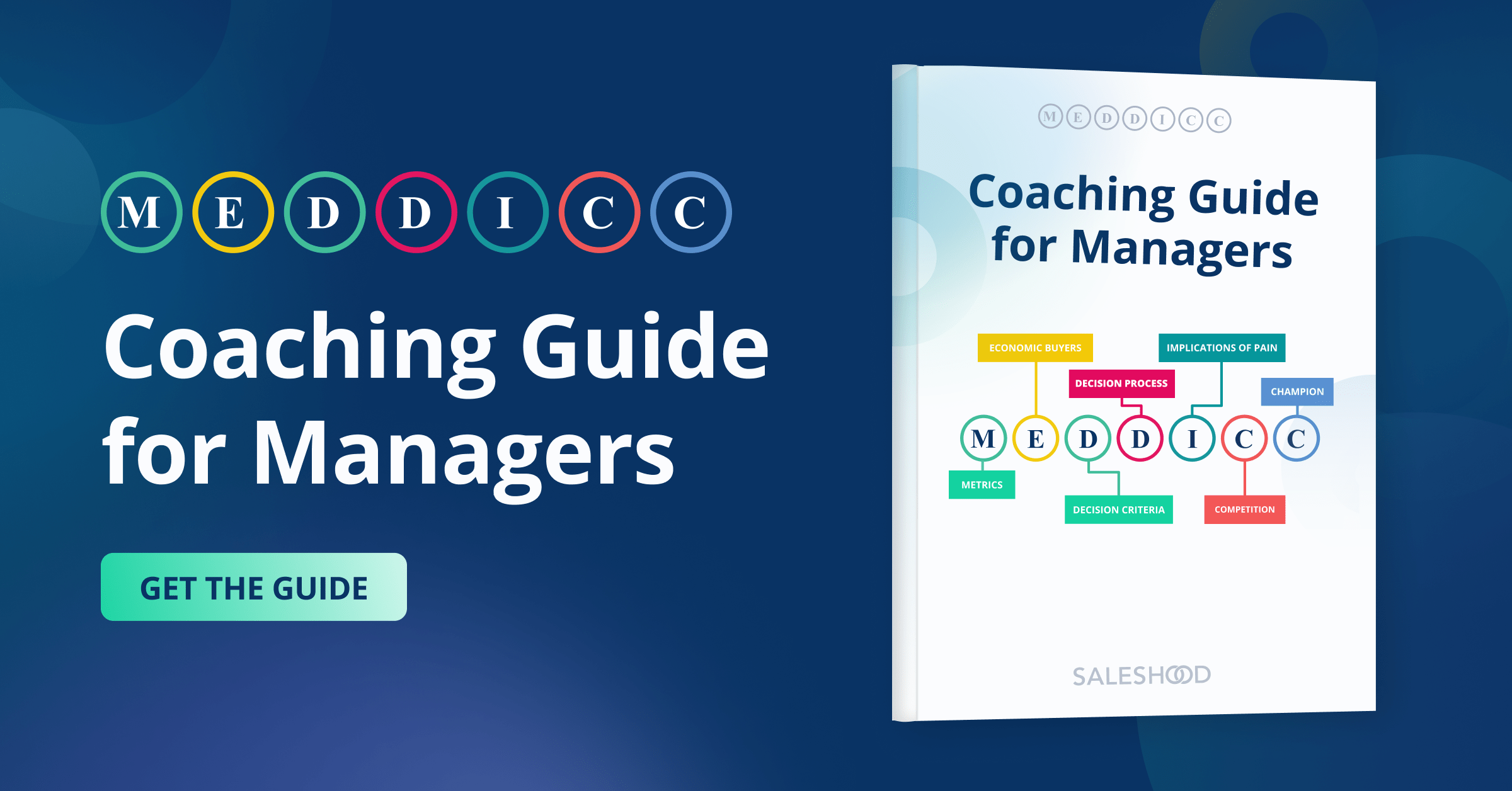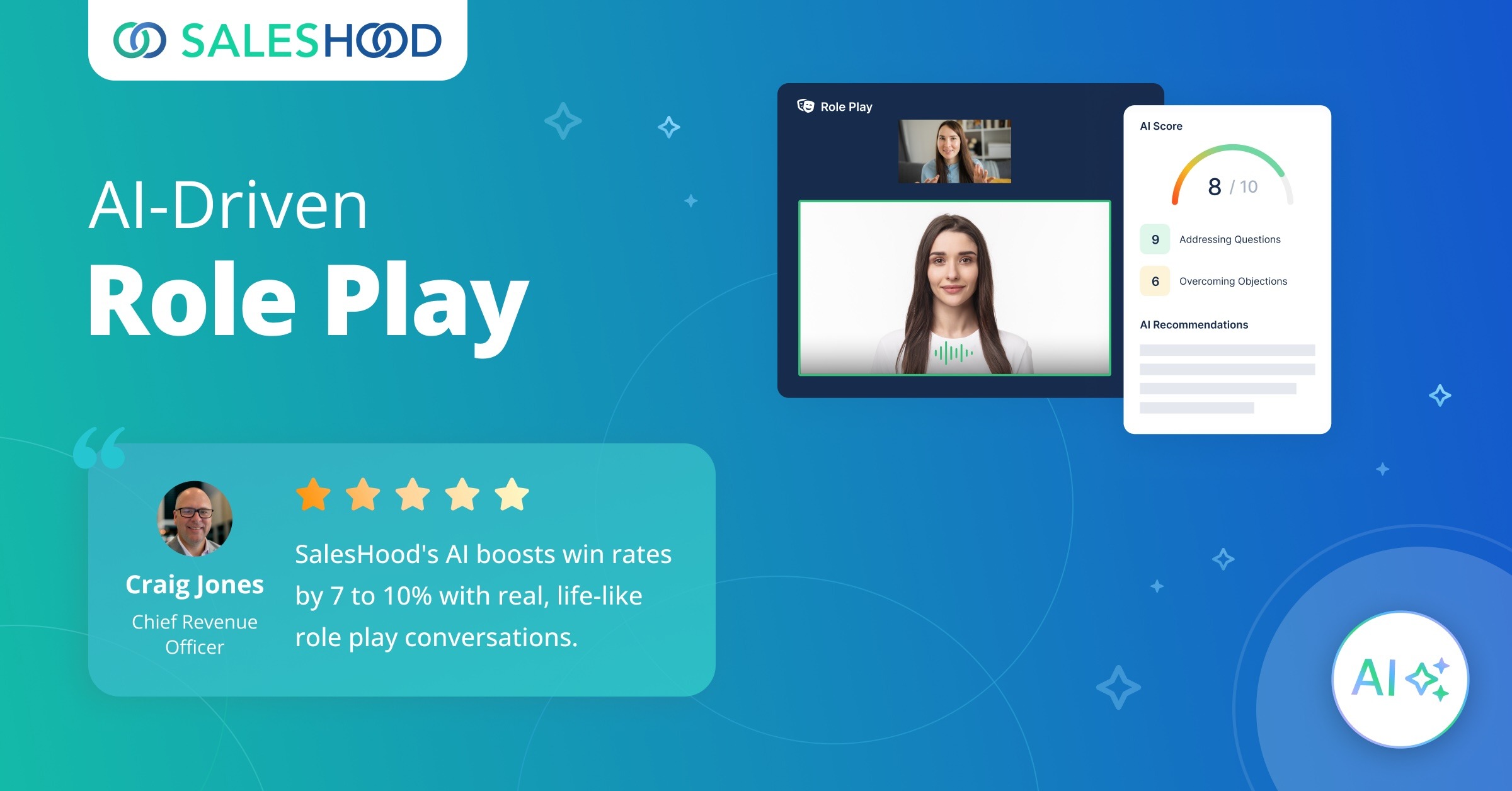Key Takeaways
|
|
|
|
Sales leaders know the truth. Products don’t close deals. People do.
But you will not find sellers walking in the door ready to hit quota from day one. It’s only natural for them to require practice, coaching, and consistent reinforcement so that they can eventually perform at their best. That is where a structured sales training program comes in.
The problem is that too many teams still rely on outdated approaches. Slide decks get buried in inboxes. One-off workshops fade from memory in days. Research shows sellers forget up to 90 percent of training within a week if it is not reinforced. At the same time, buying cycles have become longer, more digital, and involve more decision-makers than ever. Without a system, your reps are stepping into the arena unprepared.
This blog is your guide to fixing that. You will see why a modern sales training program is essential, what benefits it brings, how in-person, online, and company-led options compare, and how AI is reshaping the best programs for 2025.
Comparing Types of Sales Training Programs
Some organizations thrive with live classroom sessions. Others need the scale and flexibility of online learning. Many end up blending approaches to get the best of both worlds. Here is a closer look at the three most common types of programs.
In-Person Sales Training Courses
Still powerful, especially for consultative selling. Nothing replaces live roleplay, peer learning, and face-to-face coaching. These programs shine for new hires who need foundational skills and confidence.
Online Sales Training Program
Flexibility is the win here. Online sales training can seamlessly scale across global teams, making it most suitable for fast-moving industries. A blend of self-paced learning with AI-driven coaching, progress dashboards, and peer collaboration, is what makes some of the best sales training tick.
Company-Led Sales Training Programs
No one knows your sales motions better than you. That’s why custom programs aligned to your products and buyer personas deliver the strongest retention. The SalesHood’s training platform is a tool that helps managers design role-based curricula and refresh sales content continuously.
Are you wondering which one is the right fit for your organization? It’s often a tradeoff between scale and speed. Alternatively, you could also consider a hybrid approach. Many organizations blend live learning, digital modules, and ongoing coaching. This strategy is known to deliver better results.
The Modern Sales Training Program Imperative
Gartner predicts that by 2028, 60 percent of seller work will be powered by generative AI. Back in 2023, that number was under 5 percent. Now, that is not a gradual change. That is a ginormous leap.
The gap between what buyers demand and what reps can deliver will only get wider.
Is your sales team ready for this shift? Since buyers are showing up to conversations more prepared than ever, armed with AI-driven insights, sellers are expected to keep pace. This further strengthens the case for right training.
That is why training is no longer a nice-to-have, it’s a must-have to build a competitive advantage. With a modern sales training program, reps working alongside AI are able to connect with digital-first buyers. All this is done while bringing the human expertise and judgment that build trust and closes deals.
Core Advantages of a Sales Training Program
So why exactly does structured training matter? Beyond checking the box for onboarding, a well-designed program drives measurable revenue outcomes that leadership cannot afford to ignore.
1. Drive Consistent Revenue Growth
Let’s start with the outcome every sales leader cares about: Revenue.
Whether you choose in-person sales training courses, flexible online sales training, or a hybrid model, the results are tangible. Trained reps bring in more deals and deliver them faster.
Studies show that companies that weave AI into their sales training see 3.3 times higher year-over-year growth in quota attainment, 56 percent shorter sales cycles, and a 118 percent increase in profit margin per customer.
2. Boost Win Rates and Deal Sizes
Sales training is not just about knowledge transfer. It is about execution in the field. When reps practice proven methodologies and use AI-driven tools, the payoff is clear. Organizations using modern training approaches report higher win rates and larger deal sizes. Some of SalesHood customers have seen their win rates double within just 90 days.
Take Copado as an example. By adopting SalesHood’s revenue enablement platform, their revenue teams achieved a 67 percent increase in win rates, a 33 percent boost in rep participation, and a 25 percent lift in average selling price within their first 90 days.
As John Guerriere, Director of Sales Enablement at Copado, puts it: “SalesHood makes the job of our sellers easier and more efficient. SalesHood helps our sellers stand out from the competition and close more deals, faster.”
3. Build Rep Confidence and Engagement
Confidence is contagious in sales. Buyers can hear it in a rep’s tone, delivery, and conviction. A strong training program gives sellers the practice and feedback they need to walk into every conversation prepared. Roleplays, coaching sessions, and certifications turn nervous pitches into confident ones. And when reps believe in themselves, they engage buyers more effectively and consistently hit their targets.
4. Slash Ramp Time and Improve Retention
Getting new hires productive quickly is one of the toughest challenges for managers. Traditional onboarding often takes six to nine months before a seller is truly effective.
Modern sales onboarding programs with AI-driven reinforcement loops and micro-assessments cut that time dramatically. Some teams see reps contribute in weeks instead of months. And because reps feel supported, they are far more likely to stick around.
5. Enable Scalable Excellence
High-performing teams do not rely on managers repeating the same lessons endlessly. They rely on systems that scale. The best sales training program organizes knowledge into structured paths, uses AI to personalize practice, and tracks progress across distributed teams. That is how organizations create consistent execution and repeatable excellence at scale.
When you add it all up, the benefits go far beyond better sellers. Training reshapes the entire sales engine, which is why the next big conversation is about how AI is elevating programs to an entirely new level.
Best Practices for Choosing and Implementing a Sales Training Program
The strongest and best sales training programs are built keeping specific training needs in mind. Not just for today, but also for tomorrow. They are not based on guesswork, but on data. Keep this checklist handy when evaluating options and rolling out a program that truly yields results.
- Start with business goals. Training should be able to enable tangible results that the business cares about: win rates, deal size, ramp time, and retention.
- Make it personal. Every rep has different gaps to close. Sales training platforms should offer tailored learning paths, role-specific scenarios, and plenty of pitch practice.
- Let AI power your training. Leverage the power of AI to give reps real-time feedback and automated assessments. This helps them learn faster and retain more.
- Mix the formats. One format can get mundane and often leads to drop in engagement. Use a blend of live workshops, online modules, and ongoing coaching. This keeps learning flexible and engaging.
- Keep progress visible. Gamify the training with the use of dashboards, certifications, and leaderboards. This gives reps a sense of accountability. Also, it lets managers see exactly how the team is tracking.
- Make scaling simple. Plan not just today but also for tomorrow. With centralized libraries and easy-to-update templates, content can be refreshed quickly and shared across global teams easily.
- Get everyone to work together. Instead of training in silos, build a culture where learning is part of everyday selling. With peer-led sessions and shared playbooks reinforce training, foster collaboration.
- Let data guide the way. When it comes to making training more potent, data is power. With the help of analytics you can not only measure adoption and track pipeline impact, but also refine your program so it always stays relevant.
Base your sales training program on these practices so that training stops feeling like a one-off event. Turn it into a continuous growth engine that powers your entire sales organization.
The Future of Sales Training Programs: AI and Human Skills Together
Sales is going through a change and it’s going to look very different in the next few years. The future is all about blending the two: AI for speed and scale, humans for judgment and relationships.
That is why a structured sales training program is no longer optional. It brings together today’s onboarding needs and tomorrow’s AI-driven selling reality. Companies that invest in continuous, well-designed training are not just keeping up. They are pulling ahead, hitting quotas faster, and turning learning into a competitive advantage.
The takeaway is simple. Training is not a cost center. It is your growth engine. And the sooner you put the right program in place, the sooner you see the results in revenue, retention, and market share.
Get to see how it can work for your sales team by booking a live demo with SalesHood
FAQs About Sales Training Programs
-
- Which one is better for my organization, in-person or online sales training?
One is not better than the other. It depends on your goal and scale. In-person sales training courses work best for interactive learning and networking. Online sales training offers flexibility and scale. Most companies find that a hybrid model delivers the best results by combining both. - How do I choose the best sales training program for my team?
Don’t opt for a generic program. The right sales training program should offer role-specific learning paths, AI-powered coaching for real-time feedback, and transparent progress tracking so you know it’s working. Platforms like SalesHood deliver all of these in one place. - How long does it take to see results?
It’s not ‘get it and forget it’. Many companies start seeing impact within 90 days. Take Copado as an example. They increased win rates by 67 percent and lifted average selling price by 25 percent in their first quarter with SalesHood.
- Which one is better for my organization, in-person or online sales training?



